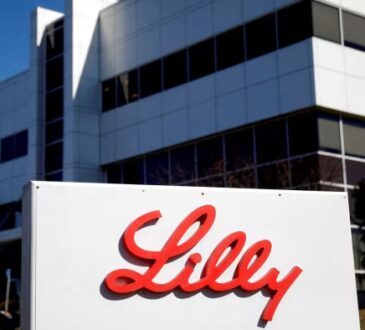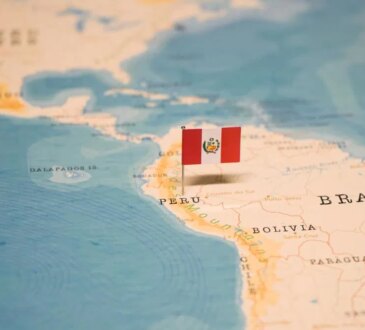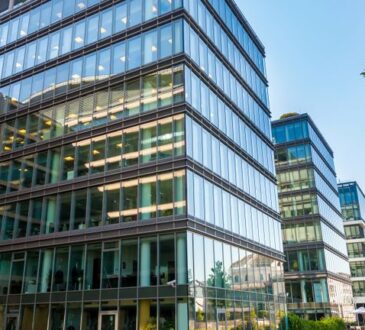Grand Jury report praises Santa Barbra County’s water distribution network and investments
SANTA BARBARA COUNTY, Calif. – The Santa Barbara County Grand Jury released a report of its findings about local water resources Friday.
The investigative body found that while water is a finite local resource with unique collection and distribution challenges, each entity tasked with providing water across the county has made notable proactive plans to prepare for potential droughts and increased demands from future population growth.
Additionally, the 2024-2025 Grand Jury found that coordination amongst county-wide water management groups, “has improved significantly” since a 2016-2017 Grand Jury finding that limitations existed and recommendations were made to improve coordination.
“Water availability has been a concern in the region of Santa Barbara County since the earliest settlements of the Chumash,” explained Friday’s Grand Jury report. “The unique geography of the South Coast makes it particularly susceptible to drought; however, the entire County faces a scarcity of both ground and surface water. Historically, groundwater resources have been depleted by both agricultural and urban uses, without regard for sustainability. Seawater intrusion into our aquifers due to overuse of the groundwater is a real threat.”
According to the Grand Jury report, heavy precipitation across the county the last three winters has led to, “full reservoirs and somewhat replenished aquifers”, but due to community concerns about water scarcity, state-mandated increases in housing, and future droughts the investigation into how prepared the county’s water infrastructure is was put under investigation.
Precipitation across the county varies. Average rainfall in Santa Maria is 13.4 inches per year whereas the weather station at Gibraltar Dam has an annual average recorded rainfall of 26.5 inches shared the Grand Jury report.
Below is a map of notable groundwater basins in Santa Barbara County.

Those averages only partially capture the variability from year to year noted the Grand Jury report. Six of the last ten years have had below average rainfall including 48 percent of the average rainfall for 2021.
Another notable factor for Santa Barbara County hydrology are the distinctive mountain ranges that divide up the county into distinctive watersheds.
A map of those watersheds, the impact of area mountain ranges, and respective water sources are shown below.

The Cuyama River forms the northern boundary of the county where it serves as an important source of water for agriculture in the area before flowing into the reservoir created by the Twitchell Dam.

A significant share of the water for the county comes from the Santa Ynez River that flows through the center of the county supplying groundwater to communities like Solvang, Santa Ynez, Buellton, and Lompoc.
The Santa Ynez River is also a major contributor of water used along the southern parts of the county from the reservoirs that collect its waters which include the Gibraltar Reservoir created by the Gibraltar Dam beginning in 1920, the Jameson Reservoir created by the Juncal Dam in 1930, and Lake Cachuma which was created by the construction of the Bradbury Dam in 1953.
Santa Barbara County’s sources of water are displayed in the graph below.

Tunnels carry water from those reservoirs that are fed by the Santa Ynez River through mountains to the south and on to the southern coast of the county.
Lake Cachuma’s Tecolote tunnel can supply up to 65 million gallons of water each day and the Goleta Water District diverts about five million gallons daily to its water treatment plant with the remainder continuing south to supply Santa Barbara, Montecito, and Carpinteria.
The Grand Jury report made special note that the City of Santa Barbara was one of the first cities in the state to incorporate desalinated water into its program in the 1980s with the first plant completed in 1992 at a cost of $34 million spread amongst the cities of Santa Barbara, Montecito, and Goleta.
The plant was placed into standby and part of the reverse osmosis membrane was sold following substantial rainfall following the construction, but in response to an exceptional drought, the Santa Barbara City Council voted to reactivate the plant and modernize its equipment in 2015.
In May of 2017, the plant was once again contributing water to the system and can now produce up to three million gallons of water per day, about 30 percent of the City of Santa Barbara’s demand shared the Grand Jury report.
The cost to update the desalination system totaled $72 million which was partially offset by a $10 million grant from the California Department of Water Resources.
Plans to expand the existing plan are underway, shared Friday’s Grand Jury report, and because the plant’s design is modular, the planned expansions are more cost effective and largely limited by the available space it would occupy.
The City of Santa Barbara and the Goleta Water District were also highlighted in the report for their successful wastewater recycling programs that supply non-potable water.
The illustration below shows how the City of Santa Barbara gathers water from multiple sources.

The Santa Barbara County Grand Jury reviewed a variety of materials to generate Friday’s report including interviewing elected officials and senior staff, visiting water agencies across the county, and touring the City of Santa Barbara’s desalination plant and the Goleta Water District’s water treatment facility.
A planned visit by the local investigatory body to Lake Cachuma was cancelled by the U.S. Bureau of Reclamation -the federal agency that supervises the dam- due to “personnel and policy uncertainty” shared the Grand Jury in the Methodology section of Friday’s report.
“The Jury investigated the current status of water management in the County and was pleased to learn that not only are the current, relatively abundant, water resources being well managed, but also that all
of the agencies the Jury examined have solid plans in progress or ready for implementation for the
next inevitable drought,” concluded the Grand Jury report. “Appropriately meeting Santa Barbara County’s water needs in the future requires the maintenance of existing water treatment and distribution infrastructure and a continued insistence on water conservation.”
For more information about the Santa Barbara County Grand Jury, including previous reports, visit here.




